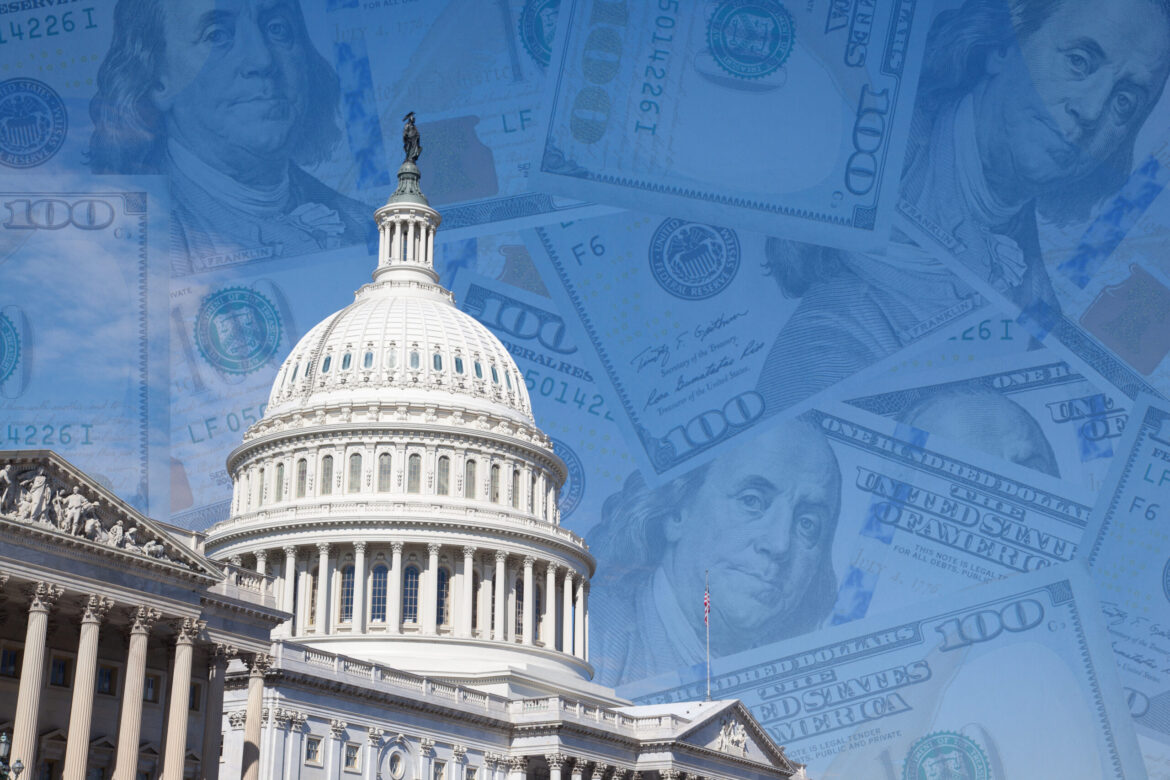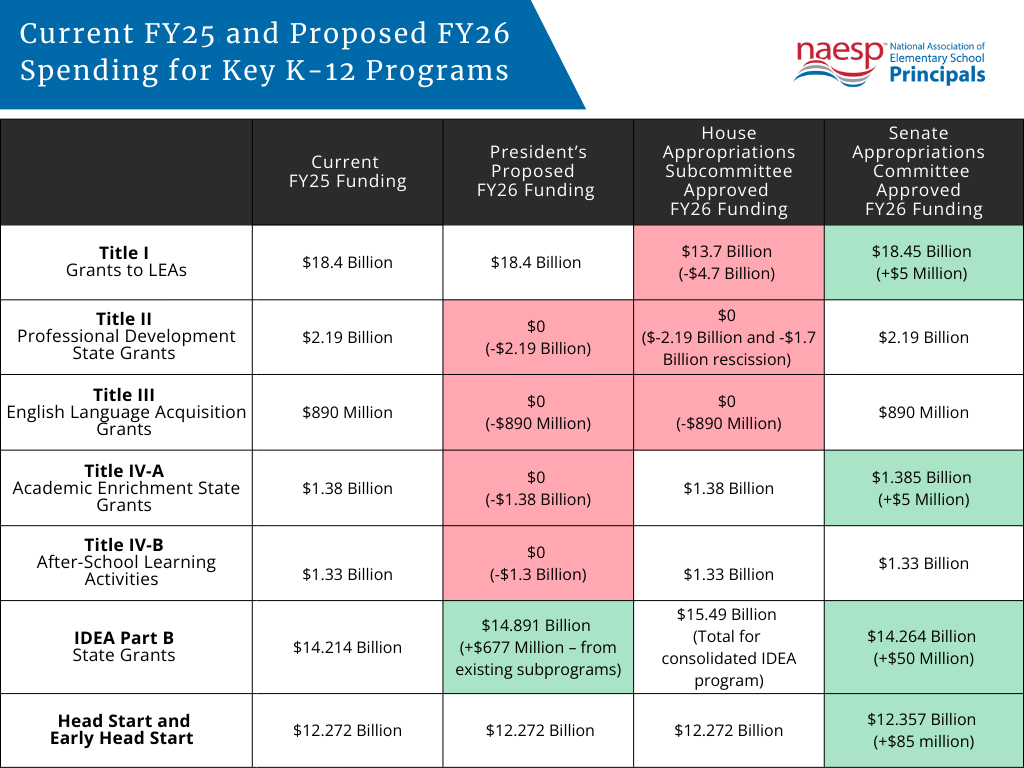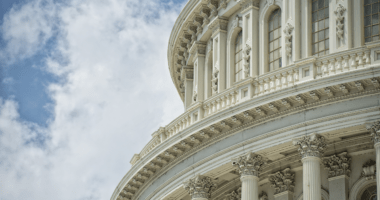House FY26 Federal Education Spending Plan Puts Title I and Title II on the Chopping Block
The House Appropriations Subcommittee passed its FY26 education spending plan for K-12 education, with major cuts to foundational K-12 programs.

Congress returned from its August recess and the House Appropriations Subcommittee got right to work in passing its FY26 education spending plan for K-12 education on Tuesday, Sept. 2. The bill makes major cuts to foundational K-12 programs like Title I, which provides supplemental financial assistance to school districts for children from low-income families, and Title II, which provides funding for educator professional development. The bill was approved on a party line vote of 11-7.
Funding On the Chopping Block
Overall, the bill cuts funding for the U.S. Department of Education by $12 billion, or 15 percent. Interestingly, the House bill reduces education spending by the same aggregate amount as what the Trump administration proposed in its FY26 budget request, but House appropriators took a different approach as to which specific programs were cut.
For K-12 education, the House bill would slash the basic Title I grant by nearly $5 billion and includes a $3.8 billion reduction in funding for FY26 as well as a rescission (i.e., clawback) of nearly $1 billion in funding Congress previously approved.
Like last year, the House bill would also eliminate all funding for Title II professional development state grants ($-2.2 billion) as well as the $890 million for Title III’s English language acquisition grants. The $150 million for full service community schools would also be eliminated.
Some Programs Could Maintain Funding Levels
On an encouraging note, the House bill maintains funding for student support and academic enrichment grants (Title IV-A $1.4 billion), afterschool school activities ($1.3 billion) under the 21st Century Community Learning Centers (Title IV-B), and rural education ($225 million). The administration’s budget proposed eliminating each of these programs.
Funding for GEAR UP and TRIO would be maintained at current levels under the House bill, while career technical education state grants would be increased by $25 million ($1.465 billion) and charter schools would get a $60 million increase ($500 million).
The House bill would provide $15.5 billion for special education but does not specify how exactly this total amount would be apportioned between state grants (currently $14.2 billion) and the other subprograms like preschool grants, grants for infants and toddlers, and personnel preparation. The White House budget called for eliminating these smaller programs and consolidating the funding into state grants. As it is, the House bill would increase funding for special education by $26 million over current funding and the administration’s request.
The House Appropriations Committee is expected to consider and approve the FY26 education funding bill soon. The Senate Appropriations Committee approved its FY26 spending bill just before the August recess. The new fiscal year begins Oct. 1.





